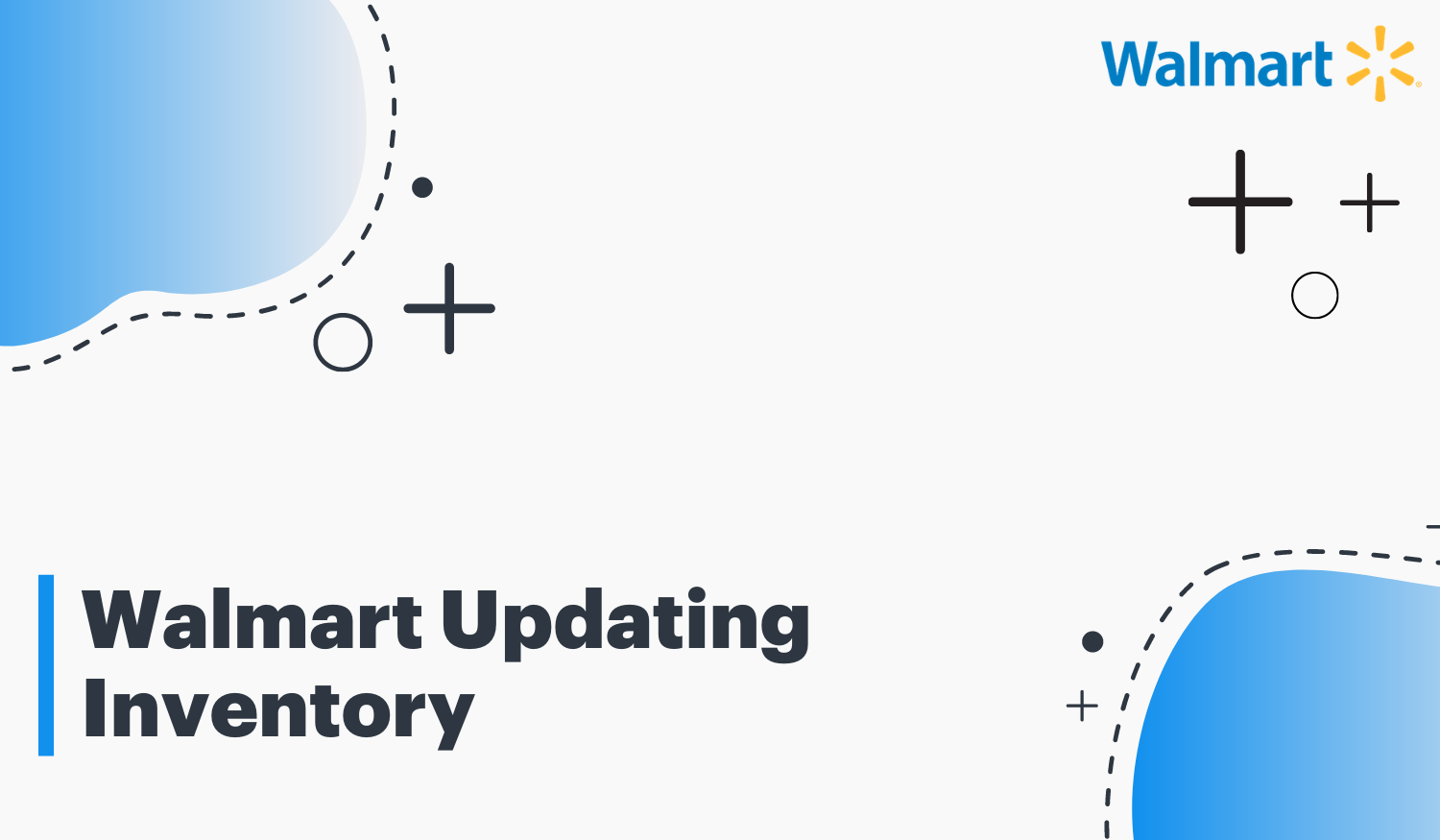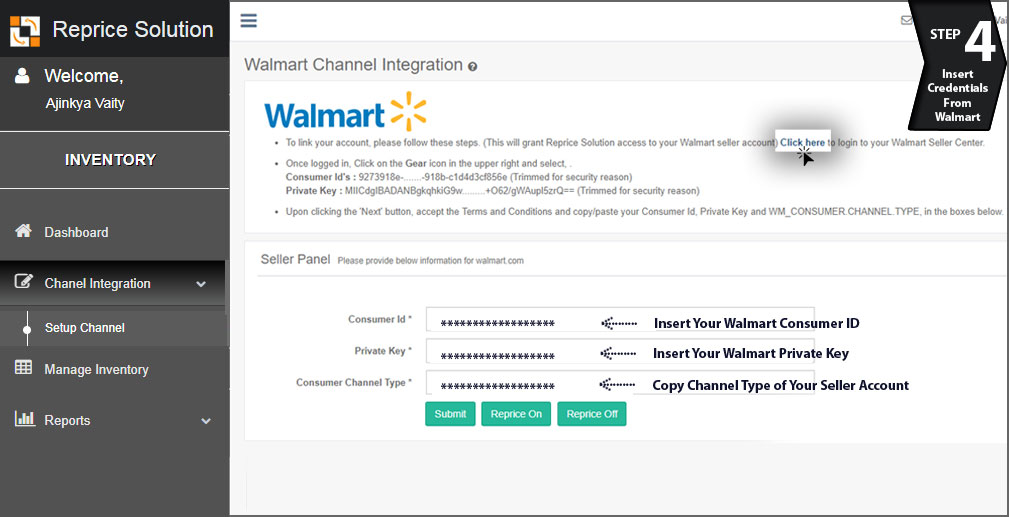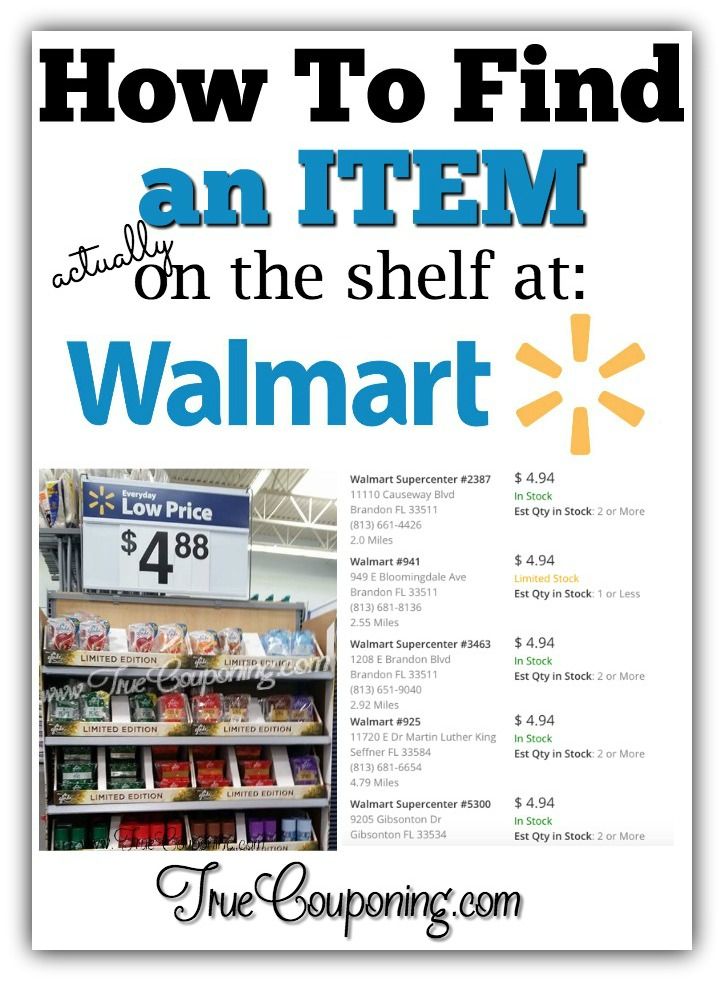
In this model, vendors retain ownership of the product all the way to the point of sale. If Walmart does not want to take ownership of the inventory at all, the next best option will be for vendors to use “Fulfillment by Walmart” in the 3P Marketplace. Because vendors are bearing the costs of inventory holding, picking, and packing, there is usually a slightly higher cost to Walmart for a DSV item than for a traditional 1P Owned Inventory item. The costs associated with storing inventory, picking, and packing all fall to the vendor, but the vendor uses a pre-shared Walmart shipping account (via USPS, FedEx, or UPS) to ship to the customer, so that Walmart covers the cost of freight to get the product to the customer instead of the vendor. When a customer makes a purchase, Walmart relays that customer’s information to the vendor, who is responsible to pick, pack, and ship the product to the customer. However, they do not take on the inventory, but allow the inventory to remain at the vendor’s warehouse. In this model, Walmart still “owns” the inventory being sold and thus sets the price. The minute a customer purchases something online, Walmart “buys” the product from the vendor for a set cost, regardless of the retail at which the customer purchased the product. In this model, Walmart purchases the inventory from the vendor by unit at the point of sale. When vendors have the capability to ship directly to consumers from their own warehouses, Walmart can leverage the “Drop Ship Vendor” format to save on inventory space in their Distribution Centers while still purchasing inventory like in a more traditional 1P relationship. From there, Walmart picks, packs, and ships each order to the consumer from their own warehouse.

Walmart has officially purchased the inventory from the vendor at a set cost and stores the inventory in their warehouse.

Suppliers receive POs from Walmart and ship pallets with thousands of units to various Walmart Distribution Centers around the country. This is the traditional model of mass retail. Am I concerned about controlling the retail price on ?.Can I profitably sell via Walmart Fulfillment Services?.Can I fulfill DTC orders from my warehouse?.Answering questions like the following will help any vendor or seller find the best path forward. So, whether you’re seeking to get Walmart to commit to a 1P listing, or whether you’re looking to best leverage the Walmart Marketplace platform, the first step is understanding all the possible methods of inventory ownership and Walmart fulfillment options in the ecosystem before deciding which is the best fit for your product.

However, Walmart is sending more and more vendors to their Marketplace platform to list long-tail items in their portfolio, as well as using Marketplace as a testing ground for new items.įurther, more and more non-traditional sellers are getting into the game, listing products on Marketplace, similarly to how they’ve been listing items in other 3P Marketplaces, like Amazon, for many years. However, discerning what Walmart fulfillment method makes the most sense for your assortment is not always easy, and the answer often varies by item.įor most traditional vendors in the Walmart ecosystem, selling 1P is usually preferable and is often the primary goal. Many Merchants are encouraging Suppliers to be active on Walmart Marketplace. Listing products on Walmart Marketplace is becoming increasingly important as Walmart continues to make investments in eCommerce.


 0 kommentar(er)
0 kommentar(er)
